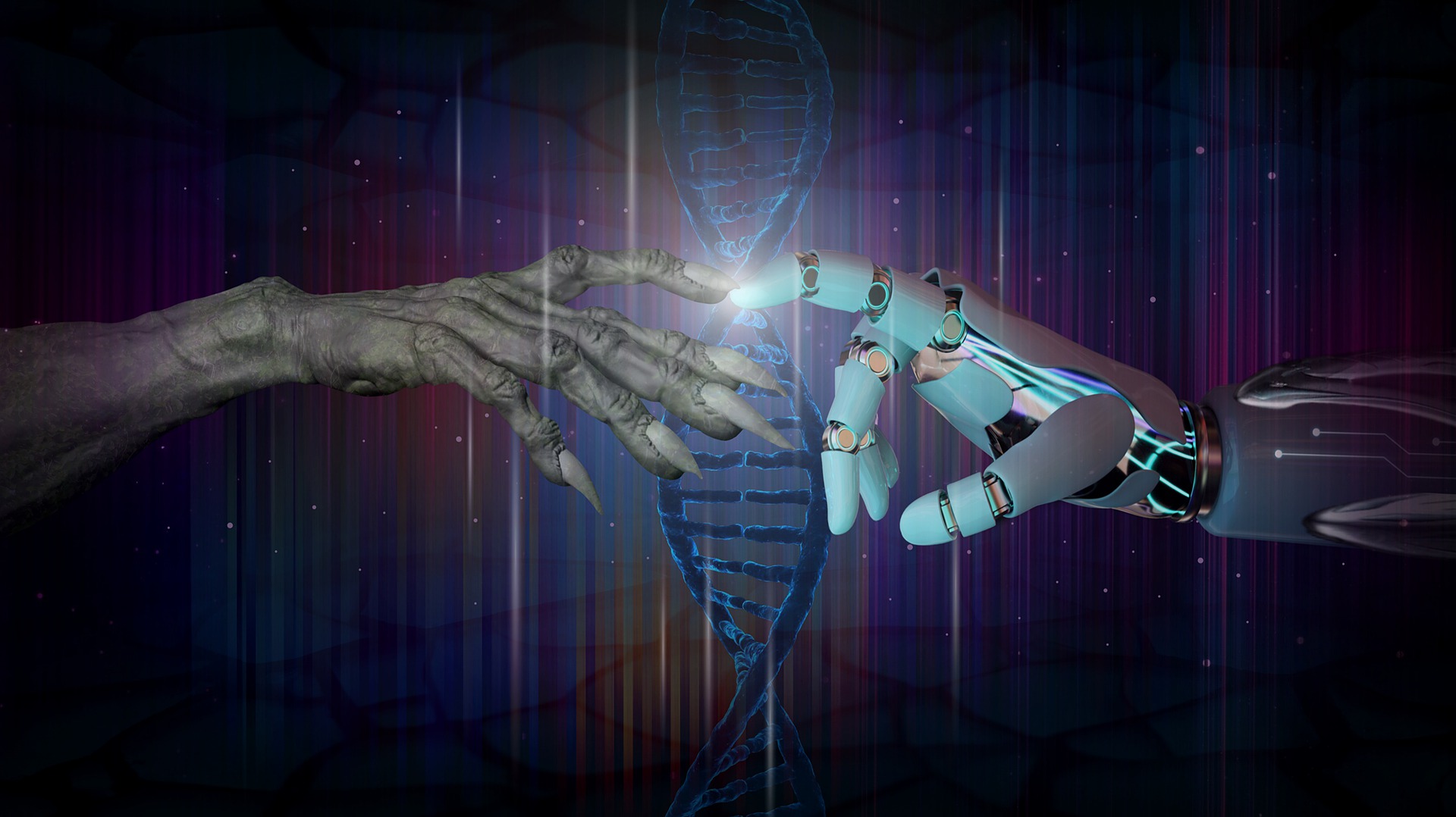Expression of Sexuality
Why do some people become straight and others, gay?
Published
3 years agoon
Kinsey’s model portrays sexual orientation as a cluster of seven factors on a point scale: Sexual behavior; emotional preference; sexual fantasies; sexual attraction; social preference; lifestyle, social worldandcommunity; and self-identification. In this view, individual’s ratings on the seven factors may or may not be congruent, and ratings may change over time to match shifts in people’s understanding of their sexual orientation.
Why do some people become straight and others, gay?
A number of environmental explanations have been suggested as causes of homosexuality. Freud believed that homosexuality originates from an unresolved (Oedipus complex). That is, instead of coming to identity with the parent of the same gender, the child continues to identify with the parent of the other gender. Learning theorists assert that homosexuality results from early negative heterosexual encounters or early positive homosexual experiences. Sociologists propose that homosexuality develops because of poor relationships with same gender peers or because being labeled a homosexual set up a self-fulfilling prophecy.
Surprisingly, a comprehensive review of the causes of sexual orientation found no compelling support for any of these explanations of homosexuality.
Similarly, there is no evidence that parent’s sexual orientation is linked to that of their children. That is, heterosexual parents are as likely to produce homosexual (or heterosexual) offspring as homosexual parents are. Children who grow up in gay or lesbian families are predominately heterosexual.
Researchers have found that extremely feminine behavior in young boys and extreme masculine behavior in young girls is correlated with subsequent homosexuality. Consistent with this finding, many gay men and some gay women report that they trace their homosexual leanings back to their early childhood (Bailey, 2003). The evidence for this connection in lesbians is less strong than it is in males, supporting the emerging view that female sexuality is more fluid than that of males.
Some theorists speculate that biological factors are involved in development of homosexuality, because many gay men and some lesbians can trace their homosexual leanings back to their childhood years. Several lines of research suggest that hormonal secretion during prenatal development may shape sexual development, organize the brain in a lasting manner, and influence subsequent sexual orientation. To date, the research is inconclusive, so this theory must be viewed with caution.
Genetic factors are also of interest. More recent twin studies, with larger and more representative samples, have provided further support for the conclusion that heredity influences sexual orientation, although these studies have yielded smaller estimates of genetic influence. Thus there may be genetic links to homosexuality.
The factor determines sexual orientation is not yet clear. Moreover, it appears that different paradigms are needed to explain male and female homosexuality. It is likely that there is a variety of types of homosexuality and heterosexuality that will require a variety explanation rather than a single account. The explanations must lie in some complex interaction of biological and environmental factors.
Hi, I’m Aarti, My Psychoanalytical approach towards my clients is to empower them to better their lives through improving their relationship with themselves. I believe shame and guilt is a common barrier to change. I aim to guide my clients through re authoring their narratives where shame, guilt, and other problems have less power and take up less space.



